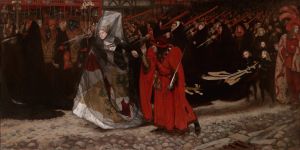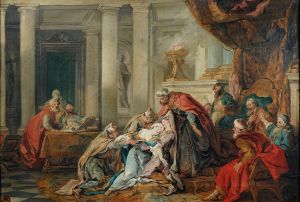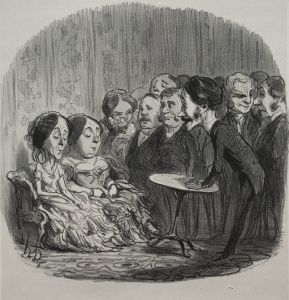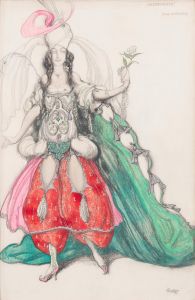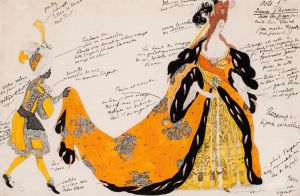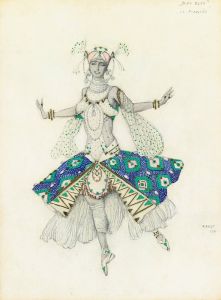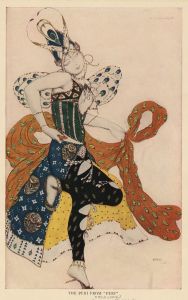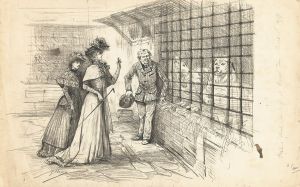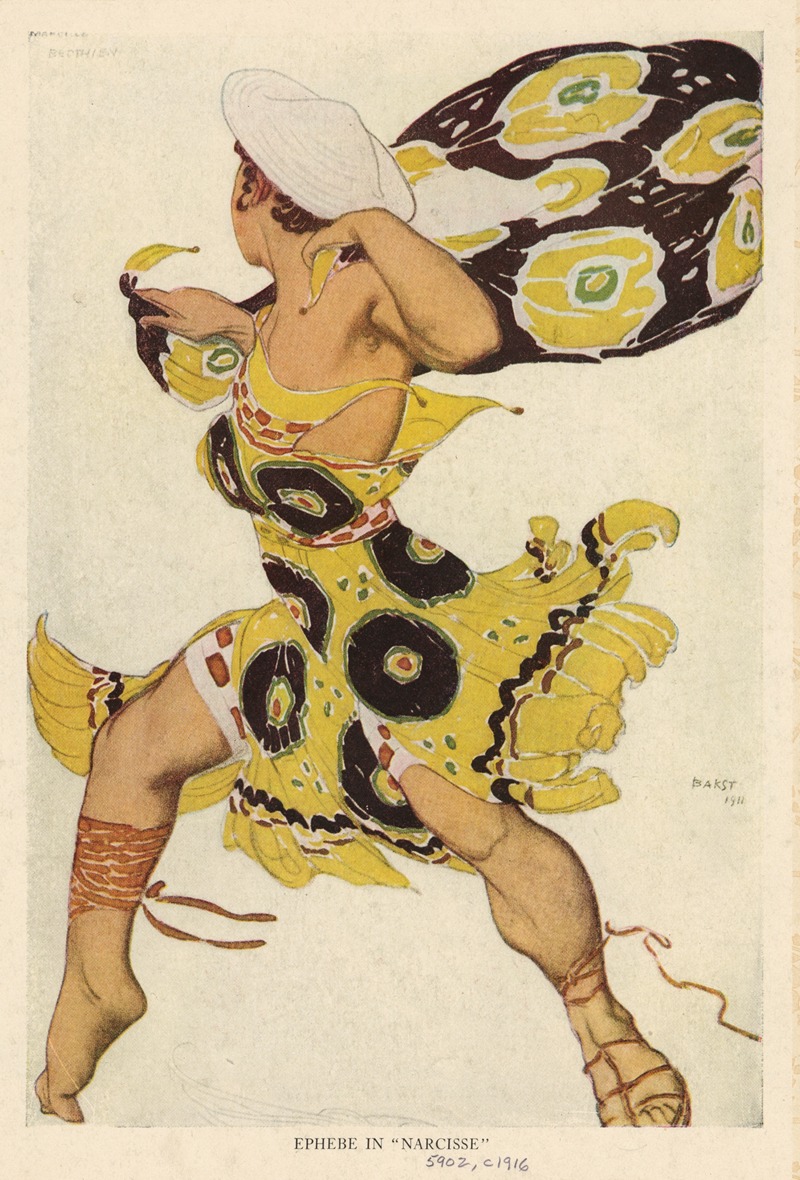
Ephebe in ‘Narcisse’
A hand-painted replica of Léon Bakst’s masterpiece Ephebe in ‘Narcisse’, meticulously crafted by professional artists to capture the true essence of the original. Each piece is created with museum-quality canvas and rare mineral pigments, carefully painted by experienced artists with delicate brushstrokes and rich, layered colors to perfectly recreate the texture of the original artwork. Unlike machine-printed reproductions, this hand-painted version brings the painting to life, infused with the artist’s emotions and skill in every stroke. Whether for personal collection or home decoration, it instantly elevates the artistic atmosphere of any space.
Léon Bakst, a prominent Russian painter and scene and costume designer, is renowned for his work with the Ballets Russes, a groundbreaking ballet company founded by Sergei Diaghilev. Bakst's designs were instrumental in shaping the visual style of early 20th-century ballet, and his influence extended into the broader art and fashion worlds. One of his notable works is the painting "Ephebe in ‘Narcisse’," which is associated with his contributions to the ballet "Narcisse."
"Narcisse" was a ballet choreographed by Michel Fokine, with music composed by Nikolai Tcherepnin. It premiered in 1911 and was performed by the Ballets Russes. The ballet is based on the myth of Narcissus, a character from Greek mythology who falls in love with his own reflection. This theme of self-obsession and beauty was a fitting subject for Bakst's artistic style, which often emphasized exoticism, vibrant colors, and intricate patterns.
Bakst's work for "Narcisse" included both costume and set designs, which were characterized by their opulence and attention to detail. His designs often drew inspiration from a variety of cultural sources, including ancient Greek and Eastern motifs, which he skillfully blended to create a unique and visually stunning aesthetic. The painting "Ephebe in ‘Narcisse’" likely reflects these influences, capturing the essence of the ballet's themes and Bakst's distinctive style.
In "Ephebe in ‘Narcisse’," Bakst's use of color and form would have been intended to convey the ethereal and otherworldly qualities of the character and the story. His ability to translate the narrative and emotional content of the ballet into visual art was one of his strengths, making his work highly sought after in the world of theater and beyond. Bakst's designs not only enhanced the performances of the Ballets Russes but also left a lasting impact on the visual arts, influencing fashion designers and artists of his time.
While specific details about the painting "Ephebe in ‘Narcisse’" are limited, it can be understood within the broader context of Bakst's work and his contributions to the Ballets Russes. His art was characterized by a bold use of color, dynamic compositions, and a fusion of various cultural elements, all of which contributed to the innovative and avant-garde nature of the Ballets Russes productions.
Bakst's legacy as an artist is closely tied to his ability to create immersive and imaginative worlds through his designs. His work on "Narcisse" and other ballets helped to elevate the role of visual art in theater, demonstrating the power of design to enhance storytelling and emotional expression. Today, Bakst is remembered as a pioneer in the field of theatrical design, and his work continues to be celebrated for its creativity and influence.





